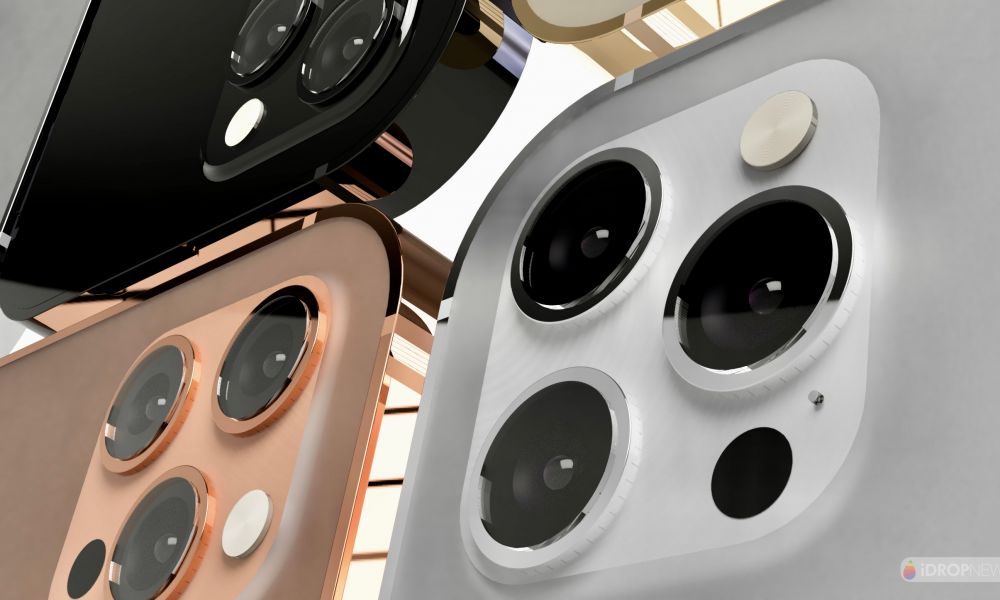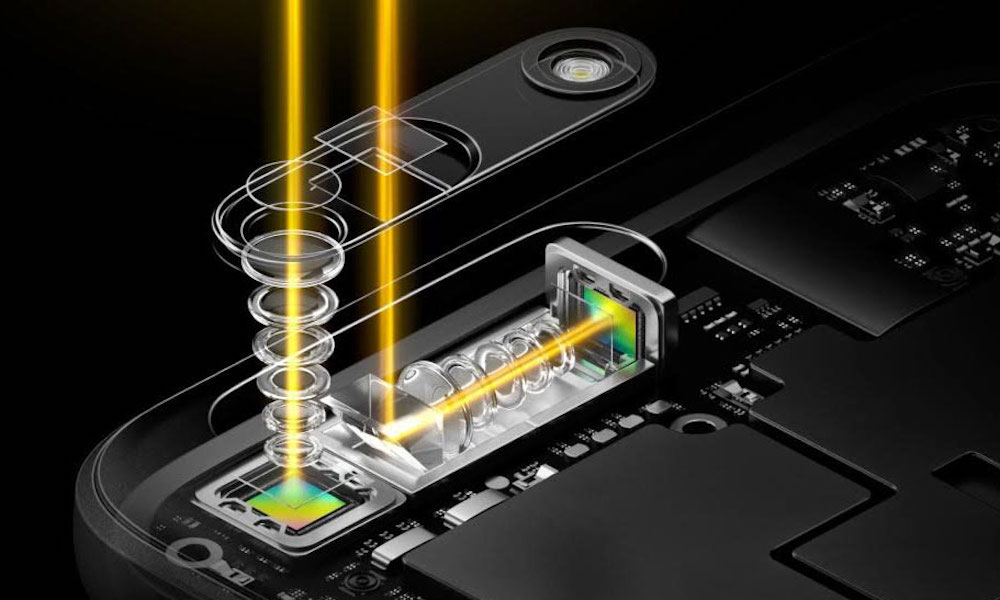3 New Camera Technologies Coming to Apple’s iPhone 14 and Beyond
 Credit: iDrop News / Wilson Nicklaus
Credit: iDrop News / Wilson Nicklaus
Toggle Dark Mode
With predictions for this year’s “iPhone 13” pretty much locked in, analysts are setting their sights on what Apple is going to be working toward in future iPhone models, with the latest report suggesting that we’re going to continue seeing some pretty impressive year-over-year camera improvements.
Reputable analyst Ming-Chi Kuo has weighed in with yet another new research note that shares even more information about Apple’s roadmap for 2022 and beyond, this time focusing on what it has in store for the camera system.
After all, it’s the cameras that have been the headline feature of almost every new iPhone model released over the past few years, arguably beginning with the dual-lens system on the iPhone 7 Plus, and reaching its current zenith in the iPhone 12 Pro Max with its triple-lens 2.5X camera system that includes ProRAW and native Dolby Vision HDR support.
The impressive camera improvements have left many wondering exactly what Apple will do for an encore, leading to some wild speculation about massive megapixel boosts and anamorphic lenses. The reality, however, is likely going to be far more iterative, and this is where Kuo is zooming in with his latest analysis on what we can expect to see over the next few years.
‘Unibody’ Lens
According to Kuo’s latest research note shared by MacRumors, the 2022 iPhone, which has become colloquially referred to as the “iPhone 14,” will feature a more integrated “unibody” camera system. This will help to reduce the size of the front camera module, likely helping Apple to in turn reduce the size of the camera notch.
While Kuo doesn’t comment on whether this would be part of the “punch-hole” design that he predicted last month, it would in the very least mean a smaller notch, while also improving the robustness of the device.
Elemental Improvements
Over the next couple of years, Kuo suggests that Apple will focus on improving the telephoto lens across the board, with this year’s iPhone increasing from a five-element to a six-element lens, while the 2022 “iPhone 14” will take that up to a seven-element lens.
However, last fall Kuo also noted that the Ultra Wide camera could get a pretty big bump, pushing to a six-element lens as well, plus a wider f/1.8 aperture and autofocus support.
For comparison, the main lens on the entire iPhone 12 lineup is already a seven-element lens with an f/1.6 aperture, however Kuo hasn’t indicated whether Apple will be making any improvements in that area.
Periscope Lens
Although Kuo reported last summer that the 2022 “iPhone 14” could gain a new periscope telephoto camera, it appears that this prediction may have been optimistic, and his latest research note is now pegging that as in development for the 2023 “iPhone 15” (or whatever it will actually be called by then).
Kuo’s earlier report was based on Apple lining up its supply chain for the new camera components, but of course since Apple has a long history of being ahead of the game when it comes to securing sources for components, it’s understandably tricky to nail down timelines.
Contrary to what the name suggests, a periscope lens doesn’t refer to the “pop-up” camera design found on many Android smartphones. Instead, it’s based on using mirrors inside the iPhone camera system to provide a longer focal length, making higher optical zoom levels a real possibility.
For example, the best optical zoom factor that Apple has been able to achieve so far is 2.5X on the iPhone 12 Pro Max, and this is generally believed to be a side effect of having to increase the size of the camera bump to make room for the larger sensor that was added to the flagship iPhone, as John Gruber explains, the larger sensor required a bigger 1X lens to cover it, which meant that the other two lenses also needed to be increased in depth for “asymmetric symmetry,” at which point Apple might as well increase the zoom factor, since it had the room to do so.
However, side-by-side comparisons of the iPhone 12 Pro Max and iPhone 12 Pro demonstrate the tradeoff — a 1.25mm increase in how far the camera lenses protrude. Assuming the usual linear scale between camera length and optical zoom range (and there’s no reason not to), this means that to gain even a 5X optical zoom, the lens array would need to increase in length by another 6.25–7.5mm. That may not sound like a lot until you consider that all four of the current iPhone 12 models are only 7.4mm thick without the camera bump.
However, a periscope camera would change the entire game by putting most of the length between the camera lenses on the horizontal plane, rather than the vertical one. It’s a concept that was pioneered in modern smartphones by Oppo, which introduced the first 5X optical zoom about four years ago, although it’s actually been used for over two decades, with feature phones having it as early as 2004, and many compact point-and-shoot cameras using it back in the 90s.
Further, Samsung and Huawei have already been using this technology on their latest smartphones to hit optical zoom levels of 10X and beyond. However, much like Apple doesn’t try to compete on high megapixel counts, it seems to be in no hurry to worry too much about improving optical zoom ranges.
Still, as more smartphone makers jump on board with higher optical zoom levels, it’s something that Apple is going to have to address eventually, since unlike high megapixel counts, which matter more on a spec sheet than they do in reality — especially with Apple’s powerful computational photography algorithms — increased optical zoom is something that’s actually useful and noticeable in practical terms.
[The information provided in this article has NOT been confirmed by Apple and may be speculation. Provided details may not be factual. Take all rumors, tech or otherwise, with a grain of salt.]







